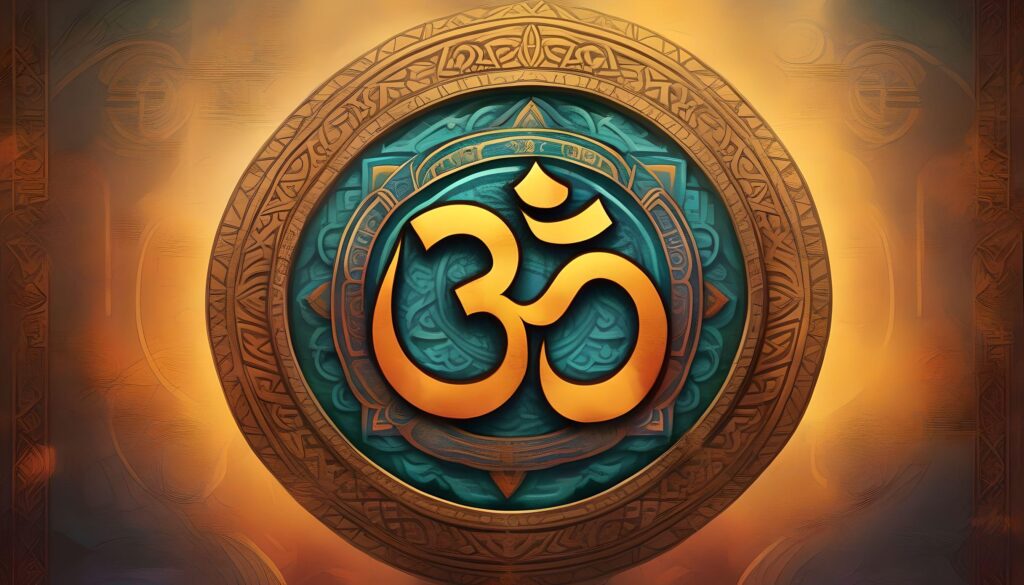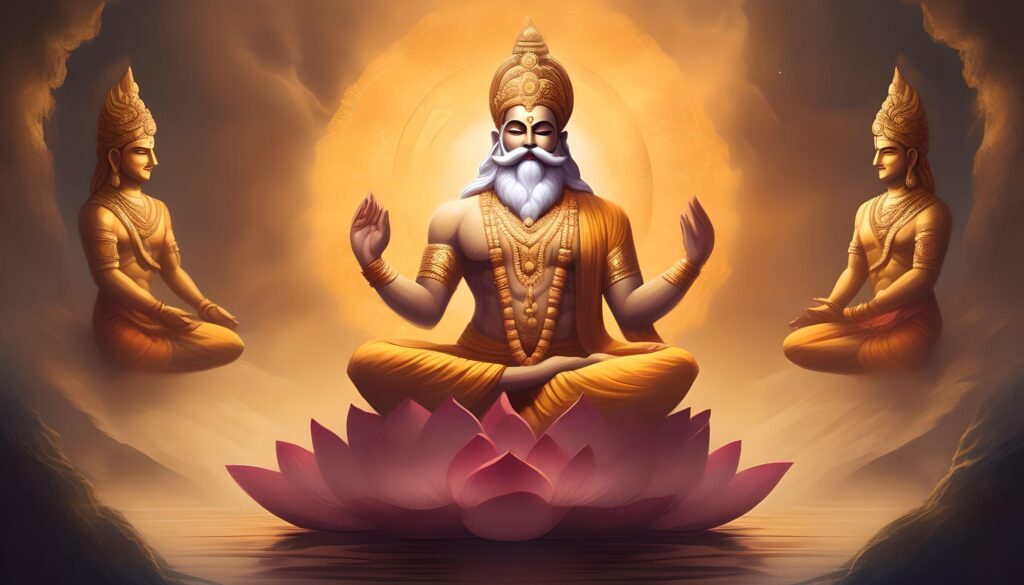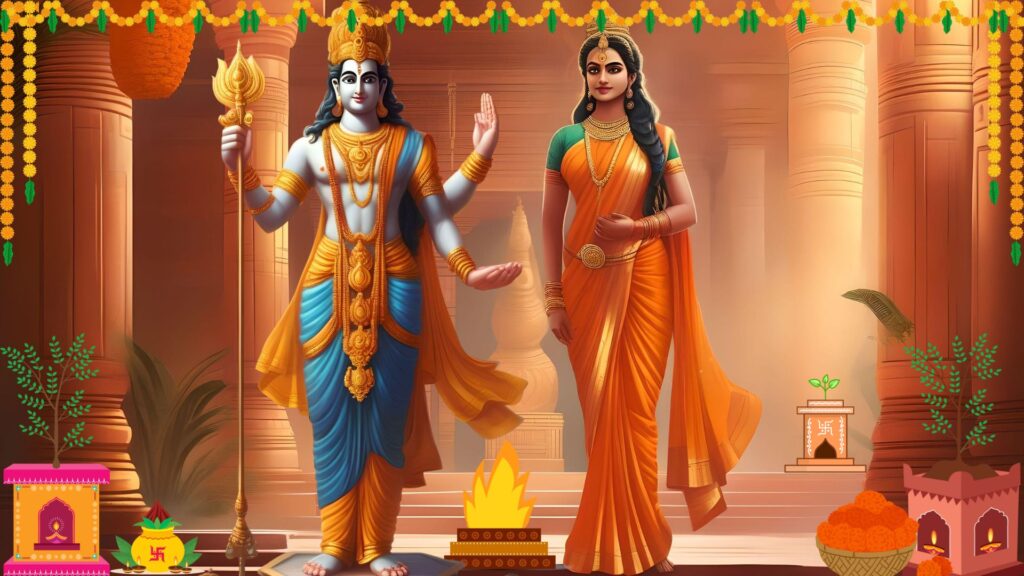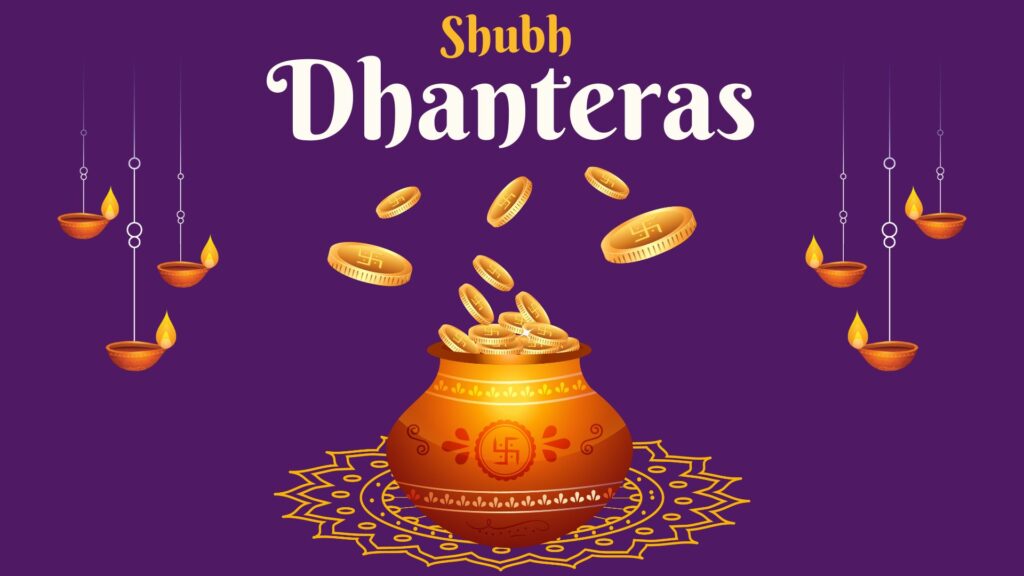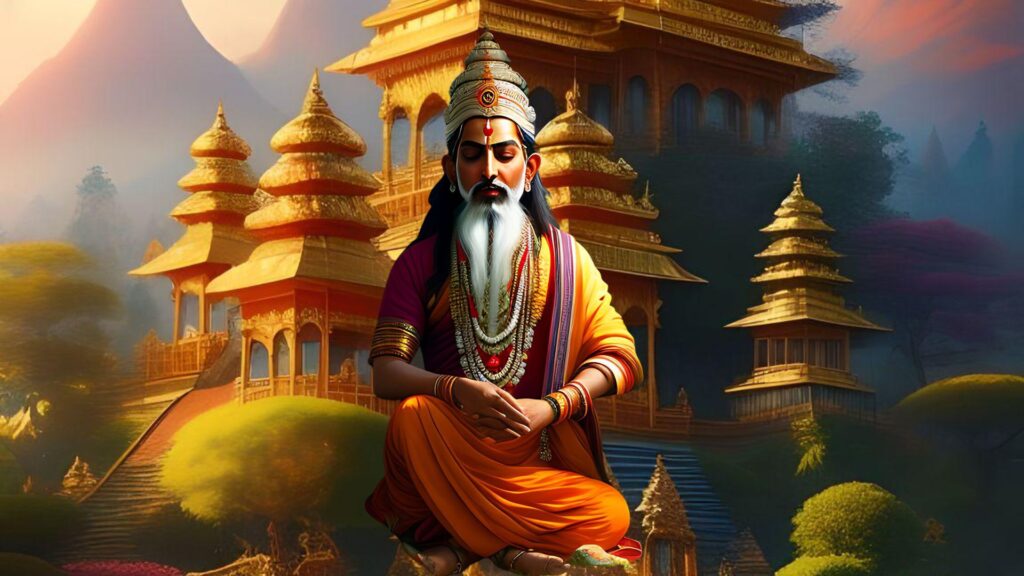Tantra: A Journey into Spiritual Liberation
Introduction
With media attention and associations with topics such as open relationships and tantric sex, Tantra has garnered considerable popularity in the contemporary world. Nevertheless, considerable ambiguity persists regarding the precise significance and extent of Tantra. The subject is frequently misconstrued and misinterpreted, resulting in misunderstandings and a dearth of comprehension regarding its profound teachings.
This all-encompassing manual will explore the origins of Tantra, its fundamental tenets, and practical applications for its application in daily life. In this course, we shall delve into the spiritual significance of the ancient Eastern art of Tantra, as well as its capacity to bestow liberation and joy into all facets of your being.
The Origins of Tantra
Tantra dates its inception to ancient Eastern civilizations, specifically India. Determining the precise era or individual responsible for this phenomenon is difficult; however, depictions of the sacred union of feminine and masculine energies date back to the Indus Valley Civilization, which emerged around 2000 BC. Hindu Tantrism and Tibetan Tantrism, the two major branches of Tantra, originated between the third and fourth centuries AD.
Tantra emerged as a transformative spiritual trajectory in India between the 11th and 12th centuries, challenging the conventional notion that emancipation could be attained solely through strict adherence to asceticism and abstinence from sensual pleasures. Tantrikas, also known as tantric yogis, espoused the notion that human suffering stems from the deceptive perception of duality and urged the appreciation of sensual experiences and the appreciation of the mundane’s aesthetic allure.
Although numerous ancient tantric manuscripts perished in the 13th century invasion of India, Tibetan monasteries continued to be repositories of tantric Buddhism. Following the Chinese invasion, Tibetan priests made the decision to divulge this knowledge instead of concealing it. The Tantra has exerted a significant impact on a multitude of spiritual traditions and religions, such as Jainism, Buddhism, Shaivism, and Vaishnavism, demonstrating its universal applicability.
The Essence of Tantra
The term “Tantra” originates in Sanskrit and encompasses a variety of connotations, such as “weave,” “text,” “theory,” “system,” “method,” “instrument,” and “practice.” The wide array of interpretations observed is indicative of the complex essence of Tantra, which amalgamates spiritual customs into an all-encompassing framework of rituals.
Fundamentally, Tantra instructs that all entities in the universe are interrelated and manifest manifestations of divine energy. It acknowledges the dynamic interplay between conception and devastation, light and darkness, masculinity and femininity, and the dance of polarities. Tantra encourages individuals to acknowledge the inherent divinity in all aspects of existence, including their corporeal selves, emotions, and experiences.
The practical path of Tantra places significant emphasis on rituals, devotion, and firsthand experience. It encourages us to investigate our divine essence by means of our physical selves, sensory perception, and emotional states. Tantra offers a path to integration and unity by dismantling the boundaries that exist between the spiritual and the mundane through its celebration of all facets of life, including labor, eating, and lovemaking.
The Paths of Tantra
Two primary divisions comprise Tantra: the left-hand path (red Tantra) and the right-hand path (white Tantra). Internal practices, including visualization, breathwork, and meditation, are the primary emphasis of the right-hand path in order to stimulate the Kundalini energy and broaden awareness. Kriya Yoga and Kundalini Yoga are examples of traditions that fell under this category.
As instruments for spiritual development, the left-hand path entails direct sexual contact between romantic partners and the consumption of alcohol and other intoxicants. This route is frequently linked to Tantric massage techniques, including the Yoni and Lingam massages. Although it may appear more provocative, both routes can result in spiritual enlightenment and liberation; however, the left-hand path is frequently regarded as more difficult but quicker.
Tantra in Practice: Meditation and Rituals
An extensive array of practices and techniques are provided by Tantra for the purpose of fostering self-realization and attaining divine consciousness. These practices consist of yoga, rituals, meditation, and massage, among others. Several of these practices and their transformative potential shall be investigated.
Kundalini Awakening
Awakening the Kundalini is a fundamental component of Tantric practice. The dormant spiritual energy known as Kundalini is situated at the base of the vertebrae and is frequently portrayed in the form of a coiling serpent. Kundalini energy can be roused and directed upwards via particularized methodologies such as meditation, movement, and breathwork; this process stimulates the chakras and culminates in the attainment of spiritual enlightenment.
Active Meditations
Tantric meditation frequently encompasses bodily and sensory engagement techniques. Numerous active meditations were devised by the controversial Indian guru Osho with the intention of activating Kundalini energy and clearing the chakras. By combining movements such as dancing, shaking, sitting, and lying down, these meditations enable participants to connect with their inner selves, discharge stagnant energy, and increase their awareness.
Rituals and Celebrations
Tantric rituals are of utmost importance, as they facilitate a connection with the divine, enable one to perceive the enchantment in mundane occurrences, and commemorate the miraculous nature of being alive. In addition to chanting mantras and sketching mandalas, tantric rituals may involve engaging in sacred ceremonies and fire pujas (ritual prayers). These rituals strengthen our connection with the divine and function as constant reminders of the path to self-realization.
Tantric Massage and Intimacy
Tantric massage is an efficacious methodology employed to investigate the human body, eliminate obstructions, restore sexual energy, and foster an elevated state of delight. Professional tantric massage has the potential to be extraordinarily therapeutic, fostering relaxation, healing, and emotional health. Couples may also integrate tantric principles into their intimate relationships as a means to attain higher states of consciousness, enhance connection, and delight.
Yoga and Tantra
Yoga and Tantra are intrinsically interconnected, as numerous variations of yoga originate from the philosophical principles of Tantra. Kriya Yoga, Kundalini Yoga, and Tantra Yoga are yogic practices that bear the influence of Tantra. By means of mudras (hand gestures), breathwork, asanas (yoga postures), and meditation, these styles of yoga stimulate Kundalini energy, restore chakra balance, and broaden awareness.
Embracing Tantra in Daily Life
Although Tantra presents distinct methodologies and practices, its fundamental substance resides in the incorporation of its tenets and philosophy into our daily existence. Present moment detachment and communion with the universe are the virtues that Tantra encourages us to cultivate. Through acknowledging the intrinsic divinity of every entity, mundane tasks such as dishwashing, commuting, and engaging in conversation can be elevated to the level of meditative experiences.
Tantra instructs us to appreciate the interdependence and splendor of existence. It promotes the veneration of the human body, emotions, and senses as sacred conduits by which divine experiences can be had. We can develop a profound sense of appreciation, delight, and esteem for every facet of existence by integrating Tantric principles into our daily lives.
The Misconceptions and Commercialization of Tantra
Regrettably, Tantra has also been the target of numerous misunderstandings and commercialization. The erotic dimensions of Tantra are frequently oversimplified in the Western world, resulting in an inaccurate comprehension of its profound teachings. Distinction must be maintained between the authentic implementation of Tantra and its commercial exploitation, which capitalizes on its sensual aspects for financial gain.
Genuine Tantric practice emphasizes spiritual development, self-actualization, and the integration of every facet of existence, in addition to erotic gratification. It demands commitment, self-control, and a profound comprehension of its underlying principles. In our pursuit of authentic spiritual knowledge, it is paramount that we distinguish between and pursue authentic teachings from qualified instructors who exemplify the Tantric spirit.
Conclusion
Tantra represents a substantial and distinctive spiritual trajectory that presents an alternative outlook on life’s joy and self-actualization. It offers a conceptual structure for comprehending the divine essence within ourselves and the interdependence of all things, drawing from its origins in ancient Eastern wisdom. By means of rituals, yoga, meditation, and intimate connection, Tantra encourages individuals to broaden their awareness, accept duality, and encounter joy in each instant.
It is advisable to approach one’s personal Tantric journey with reverence, discernment, and an open heart. Aim to establish connections with qualified instructors, pursue authentic teachings, and uphold the tenets of Tantra in every facet of your existence. An profound sense of connection, pleasure, and spiritual liberation can be nurtured through the daily incorporation of Tantra.
By embracing Tantra as a means of attaining divine communion, self-discovery, and liberation, you can be guided along a transformative path that culminates in the realization of your authentic self.

